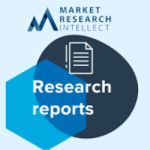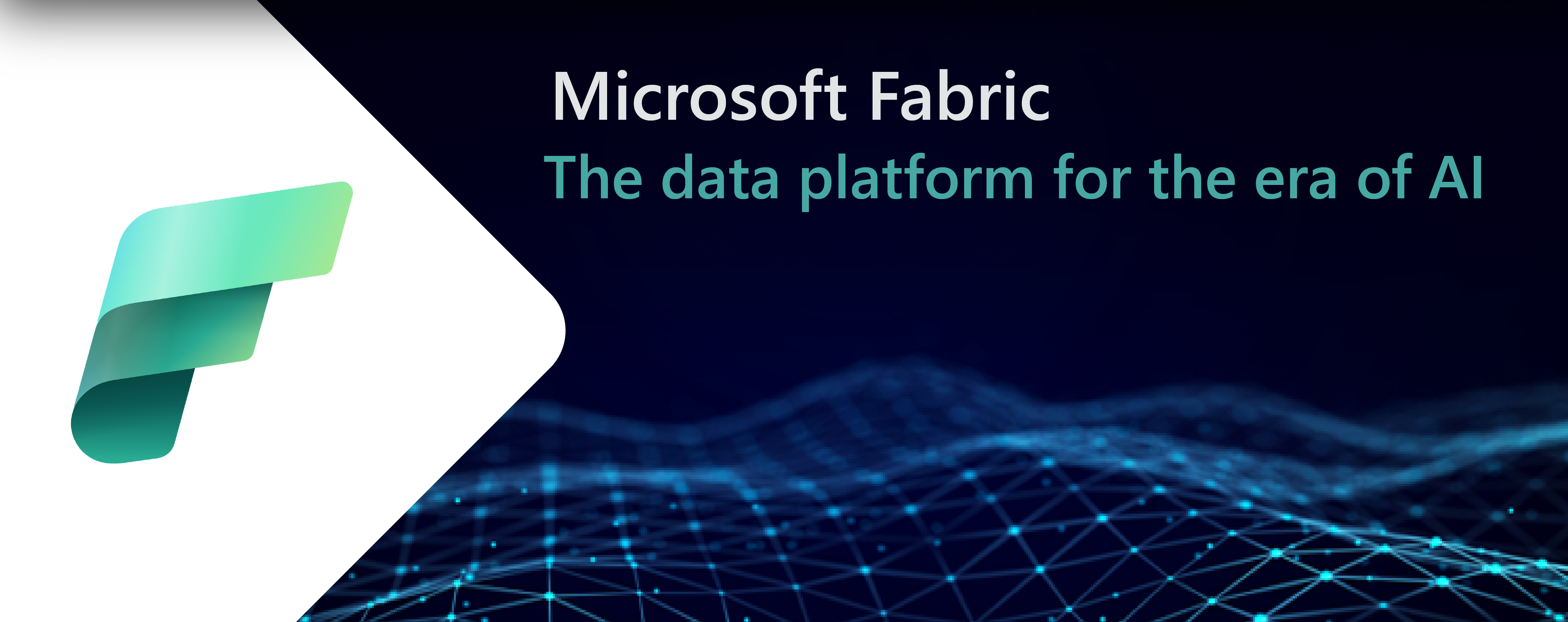Streamlining Data Analytics in the Era of AI: Exploring the Power of Microsoft Fabric
In today’s digital age, organizations understand the importance of harnessing data to drive their business forward. However, turning data into actionable insights and doing so efficiently and securely can be a complex challenge. This is where Microsoft Fabric comes into play. As an all-in-one analytics solution, Microsoft Fabric offers a comprehensive suite of services, simplifying data analytics and enabling organizations to leverage the latest advancements in AI. In this blog post, we will explore the features and benefits of Microsoft Fabric and how it empowers organizations to streamline data analytics in the era of AI.
Understanding Microsoft Fabric
Microsoft Fabric is an integrated analytics solution designed for enterprises. It encompasses everything from data movement and data engineering to real-time analytics and business intelligence. Unlike piecing together different services from multiple vendors, Microsoft Fabric provides a highly integrated, end-to-end, and user-friendly platform that simplifies the analytics process. Built on a foundation of Software as a Service (SaaS), Microsoft Fabric offers simplicity and integration, allowing users to sign up quickly and obtain real business value within minutes.
Benefits of Microsoft Fabric
By bringing together various components from Power BI, Azure Synapse, and Azure Data Explorer, Microsoft Fabric offers a range of benefits for organizations:
Deeply integrated analytics: Access and analyze data from any source, using any tool or language, at any scale, thanks to the comprehensive integration within Microsoft Fabric.
Shared experiences: Utilize a familiar and easy-to-learn interface across different analytics tasks, such as data engineering, data science, data warehousing, real-time analytics, and Power BI. This consistency enhances user experience and promotes efficiency.
Asset reusability: Developers can easily access and reuse assets such as data sets, models, pipelines, notebooks, dashboards, and reports across different experiences and teams. This fosters collaboration and accelerates productivity.
Unified data lake: Retain data where it is while utilizing preferred analytics tools. Avoid unnecessary data movement and duplication, ensuring security and governance.
Centralized administration and governance: Configure core enterprise capabilities once, including authentication, authorization, encryption, auditing, monitoring, backup, and restore. These configurations are automatically applied across all underlying services, simplifying administration and ensuring consistent governance.
Enabling AI with Microsoft Fabric
Microsoft Fabric serves as an implementation of data mesh architecture, allowing organizations to transform large and complex data repositories into actionable workloads and analytics. By adopting data mesh, organizations can:
Decentralize data ownership and democratize access: Empower domain experts to own and curate their own data products while providing self-service access to consumers. This promotes agility and collaboration.
Standardize data interoperability and quality: Establish common schemas, formats, APIs, metadata, and governance policies to ensure consistency and reliability across data products. This enhances data reliability and simplifies data integration.
Optimize data delivery and consumption: Utilize event-driven architectures, streaming pipelines, caching mechanisms, and edge computing to ensure low latency and high availability of data products. This enables real-time insights and quick decision-making.
The Versatility of Rust: Exploring Real-World Applications and Success Stories
Getting Started with Microsoft Fabric
Although Microsoft Fabric is currently in the preview stage, organizations can sign up for early access and start exploring its capabilities. Here’s how to get started:
- Visit the Microsoft Fabric website and submit a form to request early access.
- Upon receiving an invitation, sign in with your Microsoft account and create a new Fabric workspace.
- Explore the different experiences offered by Fabric, such as Data Engineering, Data Science, Data Warehouse, Real-Time Analytics, and Power BI.
- Connect your data sources and start creating your own data products and analytics to unleash the power of Microsoft Fabric.
Microsoft Fabric simplifies and streamlines data analytics in the era of AI, providing organizations with a unified analytics platform that encompasses all the necessary tools and services. By leveraging the capabilities of Microsoft Fabric, organizations can create everyday AI experiences, revolutionizing how employees interact with data and driving their business forward in the digital landscape. Embrace the power of Microsoft Fabric to unlock the full potential of your data analytics journey.











